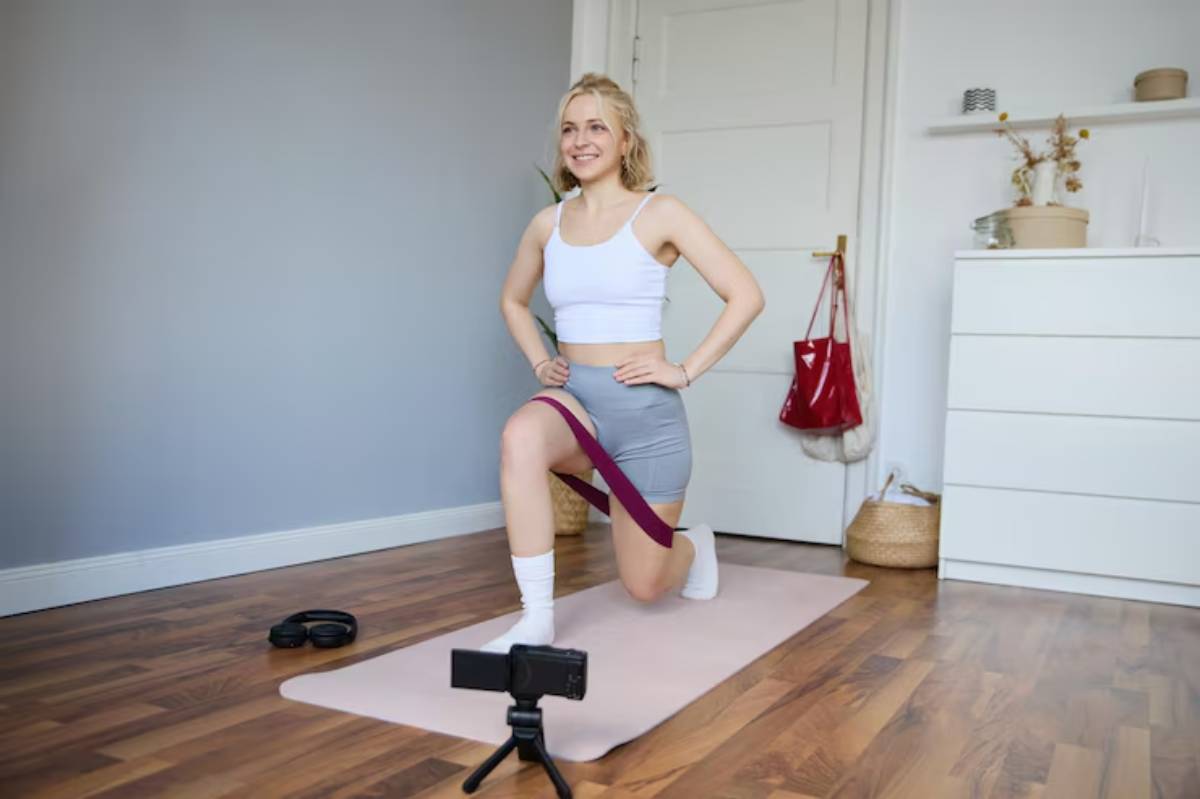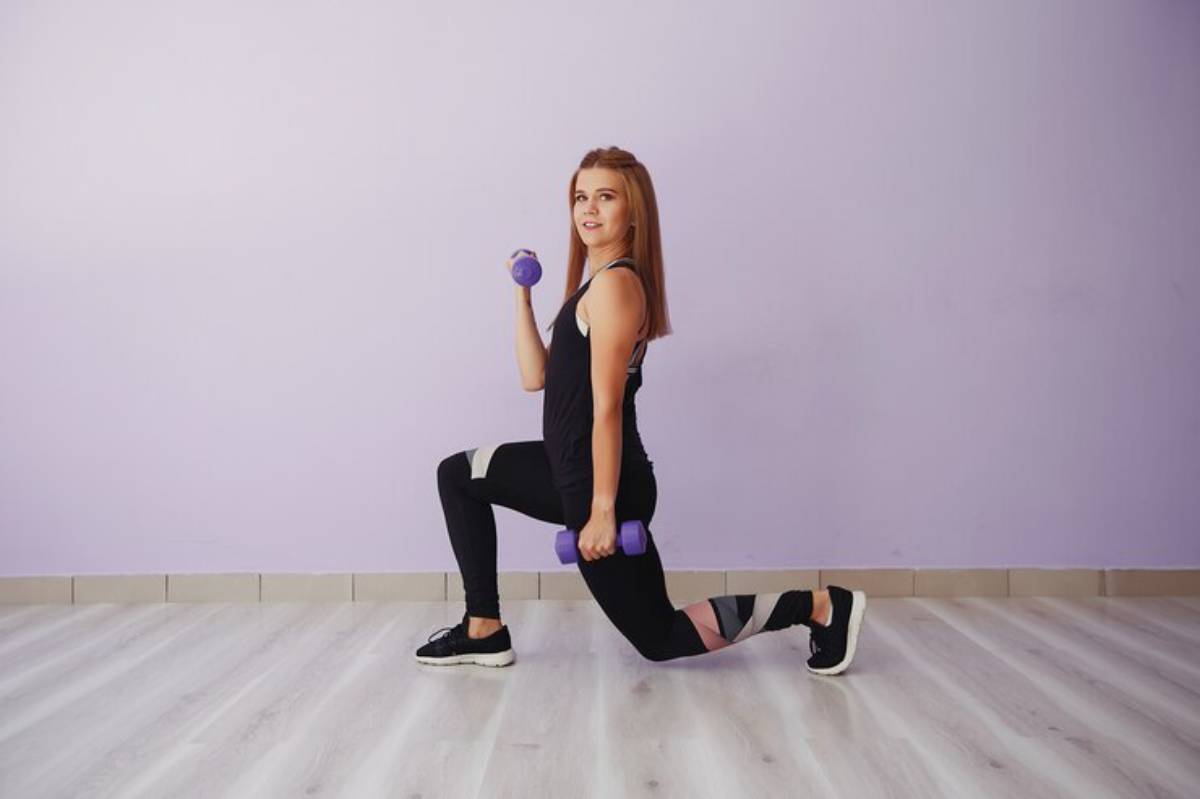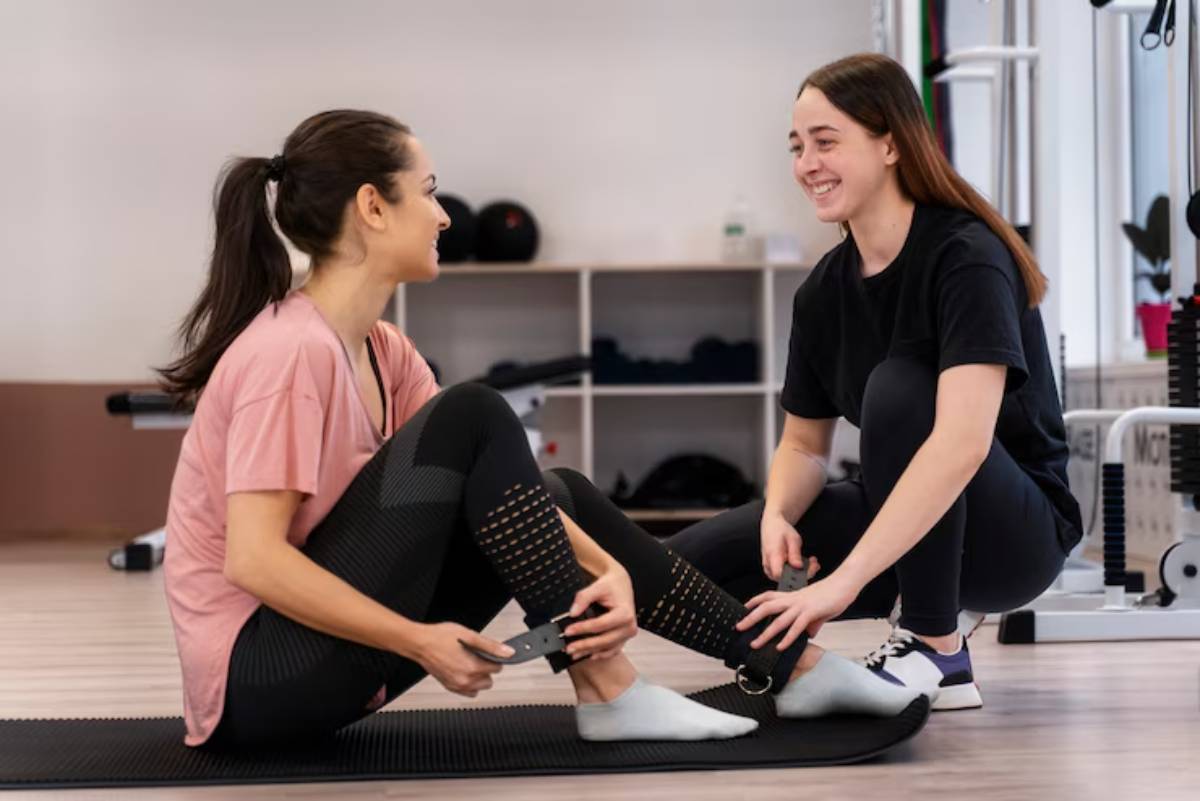
Hamstring-Focused Training for Balance & Injury Prevention
You’ve probably heard of people pulling their hamstrings during a sprint, or maybe you’ve struggled with tight, sore legs after a leg day. But here’s the thing — the hamstrings are more than just a muscle group that gets sore easily. They’re key players in posture, performance, and injury prevention, especially for women.
And yet, they’re often neglected in favour of glute, quad, or core work. When we talk about sculpted legs or lower body strength, the hamstrings rarely get top billing. But if you’re serious about training for long-term strength, aesthetic balance, or staying injury-free, it’s time to give your hamstring workouts the attention they deserve.
In this blog, we’ll explore how to train your hamstrings effectively, the science behind why they matter, and how to create a routine that supports better performance, hip balance, and knee stability, without needing to overhaul your entire workout plan.
Why Women Should Prioritise Hamstring Training
Common muscular imbalances
Many lower-body workouts — especially in fitness classes or beginner gym programmes — tend to overemphasise the quads and glutes while neglecting the hamstrings and posterior chain.
This imbalance can lead to:
- Poor posture
- Reduced athletic power
- Increased risk of knee injuries
Women, in particular, tend to be more quad-dominant due to lifestyle, exercise habits, and wider pelvic alignment, which can tilt the pelvis forward and place extra strain on the lower back and knees.
Injury prevention and joint stability
Strong hamstrings help:
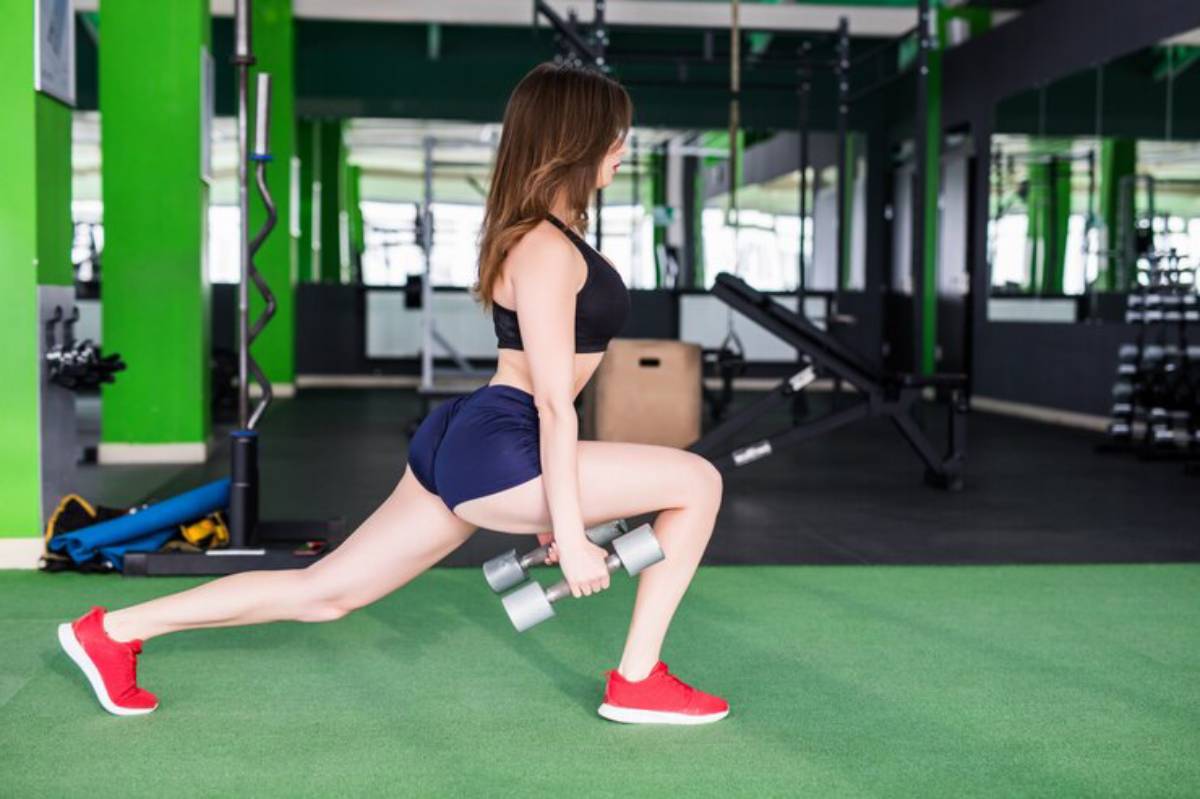
- Protect the anterior cruciate ligament (ACL), especially during sudden changes in movement
- Stabilise the knees and hips
- Reduce risk of lower back pain by supporting proper pelvic tilt
A strong hamstring doesn’t just perform — it protects.
Understanding the Hamstrings and Posterior Chain
The hamstrings are made up of three muscles:
- Biceps femoris (long and short head)
- Semitendinosus
- Semimembranosus
They work together to perform knee flexion (bending the knee) and hip extension (moving your leg backwards). But they don’t work alone.
They’re part of the posterior chain, which includes:
- Glutes
- Calves
- Lower back
- Erector spinae
Training these muscles as a unit improves strength, power, posture, and reduces the risk of injury — especially during sprinting, jumping, or lifting.
Best Hamstring Exercises for Strength and Stability
Let’s explore exercises that go beyond just looking good — these target performance, injury prevention, and balance.
1. Romanian Deadlifts (RDLs)
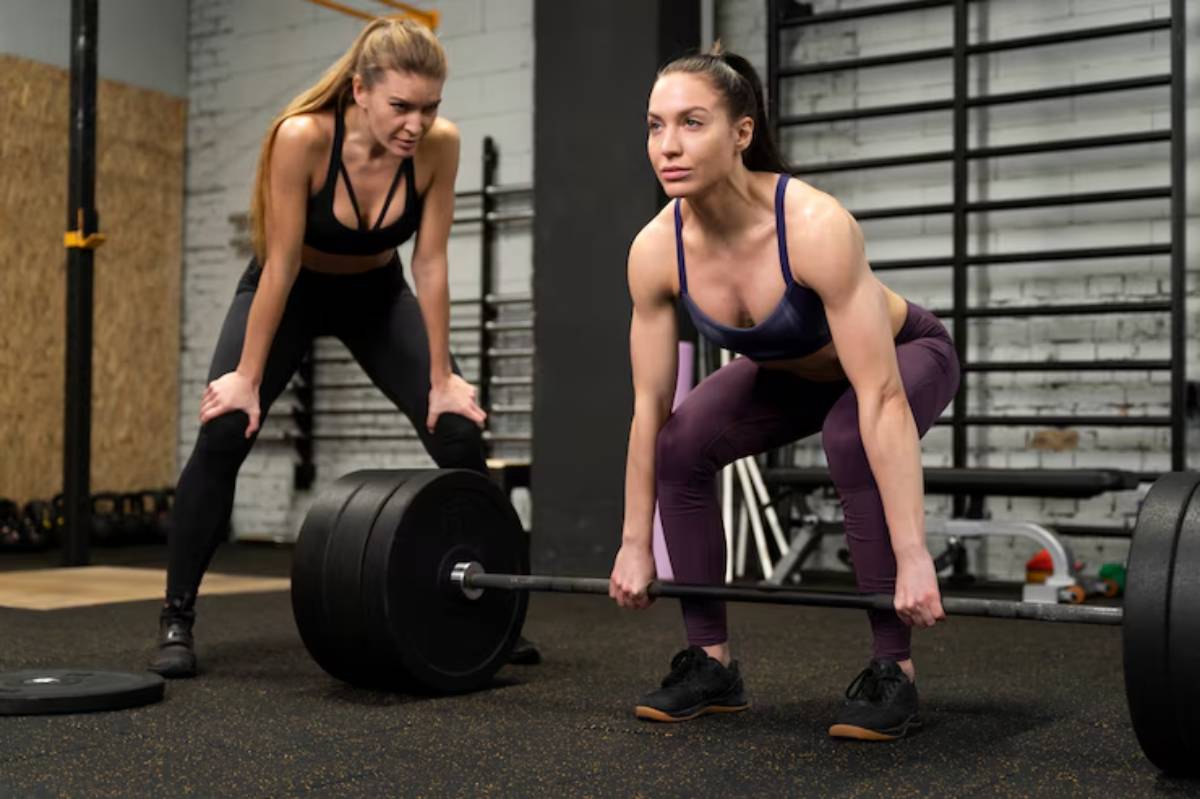
Primary benefit: Hip-dominant movement that strengthens the entire posterior chain with high hamstring activation.
How to perform:
- Hold dumbbells or a barbell in front of your thighs
- With a slight bend in your knees, hinge at the hips and lower the weights down the front of your legs
- Keep your back flat and core braced
- Return to standing by driving through your heels and engaging your hamstrings
Why it’s great for women:
Improves hamstring length and strength, supports posture, and complements glute-dominant work.
This staple lift also works seamlessly into a balanced weekly training plan for full-body coordination.
2. Hamstring Curls (Machine or Stability Ball)
Primary benefit: Isolates the hamstrings and strengthens knee flexion control.
Machine version:
- Sit on or lie down on a leg curl machine
- Curl your heels towards your glutes with control
- Slowly return to starting position
Stability ball version:
- Lie on your back with heels on a ball
- Lift your hips and pull the ball towards your body by bending your knees
- Return slowly to start
Why it works:
Improves joint control and coordination, especially useful for beginner-friendly or home workouts.
3. Nordic Hamstring Curls
Primary benefit: Eccentric control — a proven tool for injury prevention.
How to perform:
- Kneel on a mat with your ankles secured (or have a partner hold them)
- Lower your upper body slowly towards the floor
- Catch yourself with your hands and push back up
Research-backed: Studies show this move significantly reduces the risk of hamstring tears in athletes. Start slow and use assistance if needed.
4. Single-Leg Deadlifts
Primary benefit: Unilateral control — fixes muscular imbalances and strengthens stabilisers.
How to perform:
- Hold a dumbbell in the opposite hand to the working leg
- Hinge forward on one leg, extending the other behind
- Keep hips level and core tight
- Return to standing with control
Why it’s essential:
This movement mimics real-life activities (walking, climbing stairs) and reduces compensation by stronger leg muscles.
5. Glute-Ham Raises or Hip Extensions
Primary benefit: Full posterior chain activation — especially the mid-hamstrings and glutes.
Machine version:
Use a glute-ham developer (GHD) to perform back extensions, focusing on squeezing the glutes and hamstrings at the top.
Home alternative:
Try back extensions on a stability ball or Roman chair.
Tip:
Don’t rush — hold each rep at the top for 1–2 seconds to build endurance.
How to Structure a Hamstring Workout
A complete hamstring workout for women should blend hip-hinge, knee-flexion, and single-leg movements to create strength and resilience across all angles.
Sample routine (2x per week):

Workout A: Strength Focus
- Romanian Deadlifts – 4 sets of 8
- Hamstring Curls (Machine) – 3 sets of 12
- Single-Leg Glute Bridges – 3 sets of 10 each side
- Stability Ball Rollouts – 2 sets of 15
Workout B: Eccentric Control and Balance
- Nordic Hamstring Curls – 3 sets of 5
- Cable Kickbacks – 3 sets of 15
- Single-Leg Deadlifts – 3 sets of 8 each leg
- Glute-Ham Raises – 2 sets of 12
Alternate these within your weekly plan, and ensure rest between sessions to allow proper muscle recovery and adaptation.
Training Frequency and Recovery
Aim for 2 hamstring-focused sessions per week, especially if:
- You’re experiencing lower back pain
- You notice quad dominance or weak hamstring activation
- You’re working towards performance sports (running, CrossFit, Pilates)
Recovery is just as important as training:
- Get 7–9 hours of sleep
- Refuel with protein (1.6–2.2g/kg body weight)
- Hydrate and stretch post-workout
Don’t forget to mobilise your hip flexors — tight hips can inhibit hamstring engagement.
Hamstring Training Myths (That Hold Women Back)
Myth 1: “My hamstrings will get bulky.”
Truth: Women naturally build lean muscle, not bulk. Hamstring workouts enhance tone, strength, and function without adding mass unless specifically programmed to do so.
Myth 2: “Running is enough for my hamstrings.”
Running activates the hamstrings, but not with enough resistance to build strength or prevent injury. Training them directly is non-negotiable.
Myth 3: “I only need to work glutes for lower body shape.”
Strong glutes are important, but hamstrings shape the back of the thighs. Ignoring them leads to imbalances and underdeveloped muscle tone.
Real-Life Wins from Smart Hamstring Work
Divya, 41 – Recreational runner:
“I had recurring knee issues for years. After just six weeks of hamstring-focused training, the pain reduced dramatically, and I run more comfortably now.”
Aarushi, 34 – Yoga teacher:
“I never paid attention to my hamstrings until I started experiencing lower back tightness. RDLs and Nordic curls made a huge difference in my posture and strength.”
These aren’t exceptions — they’re the result of well-informed, focused training supported by routines like this 4-day upper/lower training plan for strength.
Strong Hamstrings Support a Stronger Life
Hamstring training doesn’t just belong in athlete programmes — it belongs in every woman’s routine. Whether you want to move better, lift stronger, or prevent nagging injuries, your posterior chain is the powerhouse that holds everything together.
By intentionally strengthening your hamstrings through targeted exercises — and pairing that with smart recovery and balance — you’ll build a body that’s not only functional and injury-resistant, but also athletic and aesthetically balanced.
Your legs don’t end at your glutes — strengthen what’s behind you to move powerfully forward.
